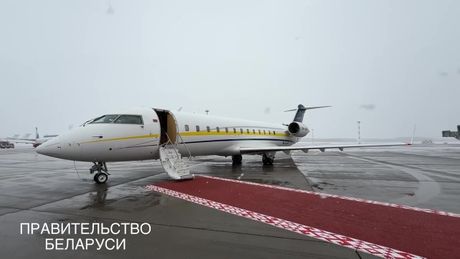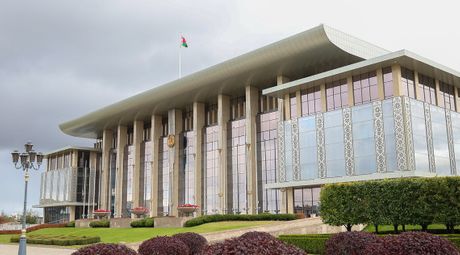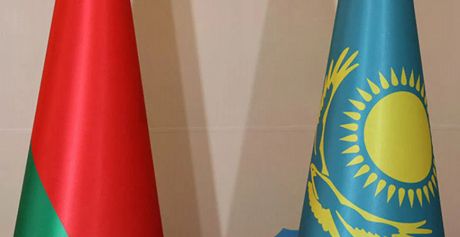Pope from the 'Edge of the World’. How will we remember Pope Francis?
09:30, 22 April
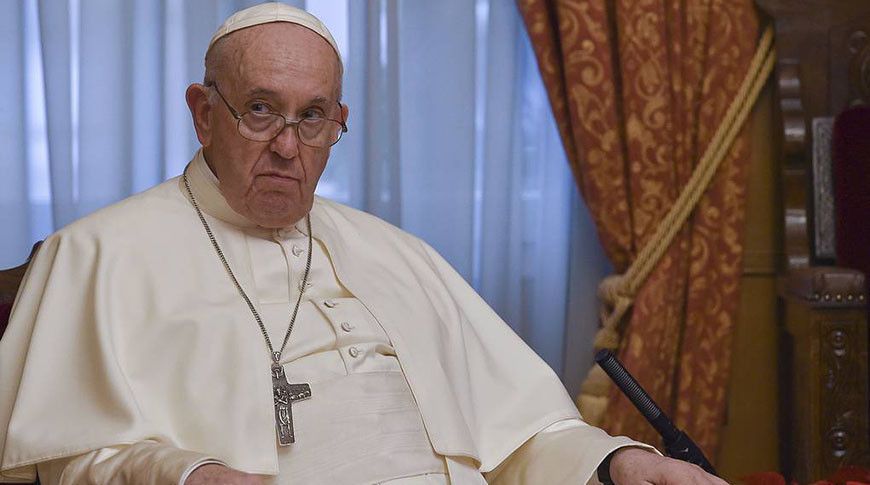
Photos by TASS, AP, Unsplash
Pope Francis passed away at 89 on 21 April. In recent months, the Pontiff had been seriously ill. In February, he was hospitalized and diagnosed with bilateral pneumonia. That last Pope Francis made a public appearance was on Easter Sunday to bless the thousands of people in St. Peter's Square, BELTA reports.
- Share on Facebook
- Share on VK
- Share on Twitter
“I would like us to renew our hope that peace is possible! From the Holy Sepulchre, the Church of the Resurrection, where this year Easter is being celebrated by Catholics and Orthodox on the same day, may the light of peace radiate throughout the Holy Land and the entire world,” the Pontiff’s statement said.
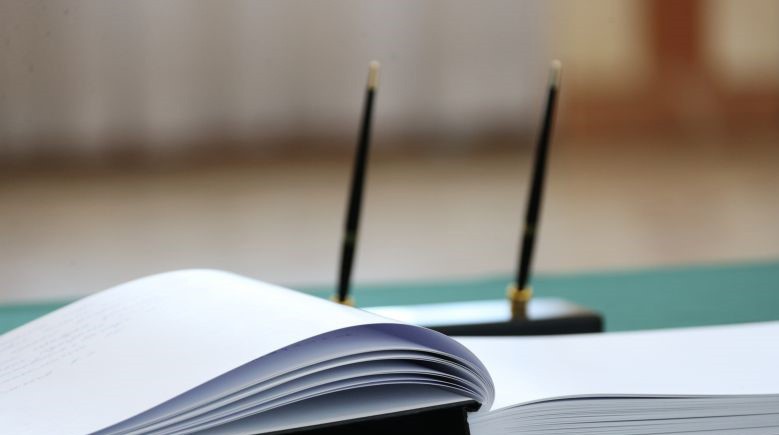
‘For those who were suffering, he ignited a spirit of hope’
The Pope's passing was announced by the Holy See Press Service.
"Dearest brothers and sisters, with deep sorrow I must announce the death of our Holy Father Francis. At 7:35 this morning, the Bishop of Rome, Francis, returned to the house of the Father. His entire life was dedicated to the service of the Lord and of His Church," the statement said.
Condolences on the death of the Pope are pouring in from all over the world.
"Throughout the years of his pontificate, he actively promoted the development of dialogue between the Russian Orthodox and Roman Catholic Churches, as well as constructive cooperation between Russia and the Holy See. I had the opportunity to communicate with this remarkable man on many occasions, and I will forever keep warm memories of him in my heart," Russian President Vladimir Putin said in a message of condolences.
“Pope Francis will always be remembered as a beacon of compassion, humility and spiritual courage by millions across the world. From a young age, he devoted himself towards realizing the ideals of Lord Christ. He diligently served the poor and downtrodden. For those who were suffering, he ignited a spirit of hope,” Indian Prime Minister Narendra Modi wrote on social media X.

“I just learned of the passing of Pope Francis. My heart goes out to the millions of Christians all over the world who loved him. I was happy to see him yesterday, though he was obviously very ill. But I’ll always remember him for the below homily he gave in the very early days of COVID. It was really quite beautiful. May God rest his soul,” U.S. Vice President J.D. Vance, who met with the Pope on 20 April, wrote on X.
"His commitment to peace, social justice and the most vulnerable leaves a profound legacy. Rest in peace," Spanish Prime Minister Pedro Sanchez said.
The world has lost an outstanding man who was the highest moral authority," Slovak President Peter Pellegrini said on Facebook.
Pope Francis was in every way a man of the people. The global Catholic community bids farewell to a leader who recognized the burning issues of our day and called attention to them,” Dutch Prime Minister Dick Schoof said.
From chemical technician to Pope
Pope Francis was born Jorge Mario Bergoglio on 17 December 1936, in Buenos Aires, to the family of immigrants from Italy. His father Mario was an accountant at the railroad, and his mother Regina Sivori devoted herself to raising five children.
Bergoglio received a chemical technician's diploma. However, at some point he decided to become a priest and entered a seminary. The future pontiff continued his education in Chile where he studied humanities. After that Bergoglio enrolled at Colegio Máximo de San José in San Miguel (a suburb of Buenos Aires) where he received a licentiate in philosophy, and later a licentiate in theology. In the 1960s-1970s, he taught literature and psychology at Catholic colleges in Buenos Aires.
In 1969, he was ordained a priest. In 1970-1971, he continued his education at the University of Alcalá de Henares (Spain). In the following years, the future pontiff held various posts in the Jesuit order of Argentina, and also lived for some time in Spain, Great Britain and Germany.
He became an auxiliary bishop of Buenos Aires in 1992 and the city's archbishop in 1998.
Three years later, in February 2001, he was made a cardinal by Pope John Paul II with the title of Saint Robert Bellarmine.
On 13 March 2013, Bergoglio was elected the 266th Pope, becoming the first pope from Latin America in the history of the papacy. He chose to be called Francis in honor of Saint Francis of Assisi, the founder of the Franciscans, a group of related mendicant religious orders known for asceticism. Pope Francis toasted the cardinals who had just elected him by joking, “May God forgive you for what you've done.” And in his first public speech after being elected pontiff, Francis called himself a pope who came "from the edge of the world."
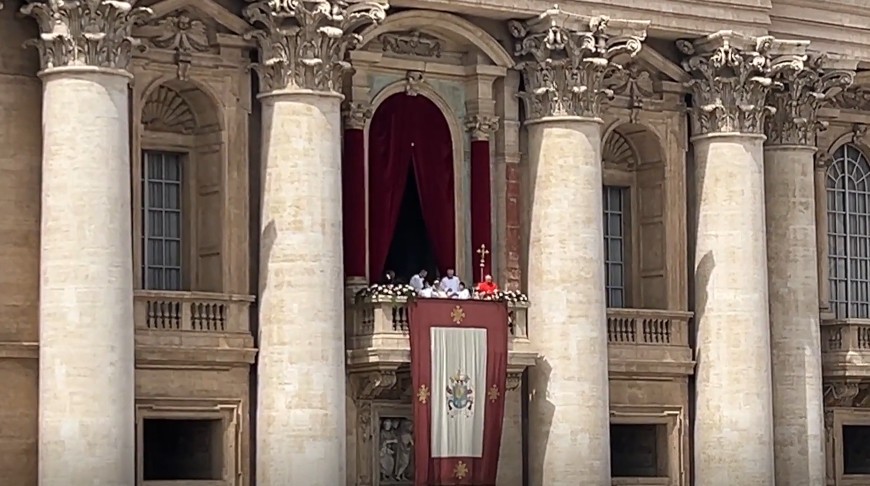
Francis' 'reset'
Francis' pontificate is called a reset or a quiet revolution in the Catholic world, TASS reports. Francis managed to overcome the deep crisis that beset the Catholic Church under his predecessor Benedict XVI: sex scandals, allegations of corruption, clan struggles among prelates, empty churches.
Francis will be remembered for his broad views and commitment to peace. He actively called for maintaining dialogue between different religions in the name of peace.
In 2016, the pontiff met with Patriarch Kirill of Moscow and All Rus' in Cuba. This was the first-ever personal meeting between the head of the Vatican and the head of the Russian Orthodox Church. In 2021, Francis met with the spiritual leader of Iraqi Shiites, Grand Ayatollah Ali al-Sistani. He also became the first Pope to visit the birthplace of Islam - the Arabian Peninsula.
Pope Francis repeatedly expressed his opinion on the situation in the world and international conflicts. He stated that the planet was living through a third world war, driven by international interests.
“NATO's barking at Russia's door might have led to the Kremlin's response,” the pontiff said in May 2022. “This is the ascertainment of things: Syria, Yemen, Iraq, in Africa one war after another. There are international interests in every bit of it. In Ukraine, it seems that it was others who created the conflict.”
Pope Francis called to fight poverty and inequality, opposed “wild capitalism”. The motto of his pontificate was “a poor church for poor people”.
Pope Francis will be remembered for his modesty, simplicity and conservatism.
He refused to live in the papal apartments and travel in a special “popemobile”. The pontiff dined in a common dining room and replaced the throne in his residence with an ordinary chair. In many official photos Pope Francis was wearing stomped shoes.
The pontiff's favorite writers were Fyodor Dostoevsky, Jorge Luis Borges, and Leopoldo Marechal. The Pope loved Argentine tango and was a fan of the Argentine soccer club San Lorenzo.
In February 2025, there were reports that Pope Francis would abdicate if for health reasons he could not cope with his duties. At the same time, it was noted that the pontiff wanted to complete the Jubilee Year of Christianity celebrated by the Roman Catholic Church this year.
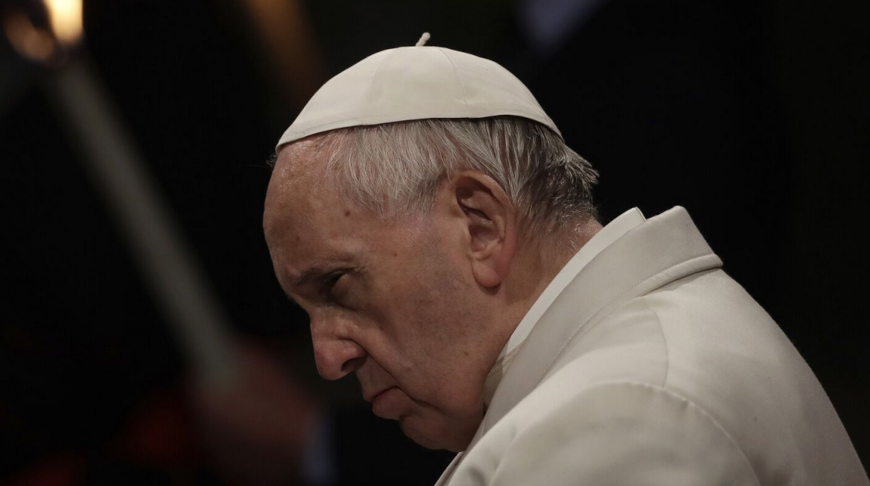
Sede Vacante
With the Pope passing away, there begins a period that is known in the Vatican as sede vacante - the empty seat. It lasts until a new pontiff is elected.
During the sede vacante period, the activities of the Catholic Church come to a standstill, and almost all officials resign, TASS reported. Among those who retain their posts are the Dean of the College of Cardinals, the Grand Penitentiary and the Cardinal Chamberlain.
The Cardinal Chamberlain announces the death of the pontiff, seals his chambers, manages the property of the Holy See during the sede vacante. He also acts as the organizer of the papal funeral. His duties include the organization of the election of the new head of the Church.
Popes periodically made changes in the funeral ceremony, but for a long time one thing remained unchanged. The body of the pope lies in state at St Peter's Basilica for the faithful to pay their respects. The popes were buried in a triple coffin: the first made of cypress (according to legend, this wood was used to make the cross on which Christ was crucified), the second made of lead, and the third one was a sarcophagus made of oak or walnut.
Traditionally, if there are no special instructions in their wills, Popes are buried in the Vatican Grottoes right below St. Peter's Basilica. This basilica was built at the burial site of Saint Peter, the first bishop of Rome, whose successors are considered to be the pontiffs. The tombs of Popes who have been canonized as saints or beatified are located in the gallery of the basilica, in its chapels. John XXIII, John Paul II, and Paul VI were canonized most recently.
However, many Popes have chosen to be buried in other churches in Rome. For instance, Pius V, Clement VIII, Clement IX, Paul V, and Sixtus V are interred in the Basilica of Santa Maria Maggiore (St. Mary Major) on the Esquiline Hill, while Pius IX rests in the Basilica of San Lorenzo at the Campo Verano Cemetery. The last Pope of the Roman Catholic Church to be buried outside the Vatican was Leo XIII, who passed away in 1903. He was buried in the Archbasilica of Saint John Lateran.
In November 2024, the Vatican newspaper L'Osservatore Romano reported, citing the Office of Papal Liturgical Celebrations, that Pope Francis requested a simpler funeral compared to his predecessors. He rejected the tradition of displaying the body for farewell outside the coffin and the use of three coffins. Pope Francis opted for a simple wooden coffin and chose to be buried at the Basilica of Santa Maria Maggiore.
After a ten-day mourning period, the Vatican begins preparations for the conclave: a closed meeting of the College of Cardinals who elect a new head of the Roman Catholic Church. The conclave is typically convened 15–18 days after the Pope's death.
The election process takes place in the Sistine Chapel of the Apostolic Palace and may last several days (over the last 100 years, election has not exceeded four days). In medieval times, there were cases when the election process took months or even years. For example, following the death of Pope Clement IV in November 1268, the election of Gregory X took two years and nine months, the longest papal election in the history of the Catholic Church
The sede vacante period ends with the election of a new head of the Church and state symbolized by the traditional appearance of white smoke that bellows from the chimney above the Sistine Chapel.



